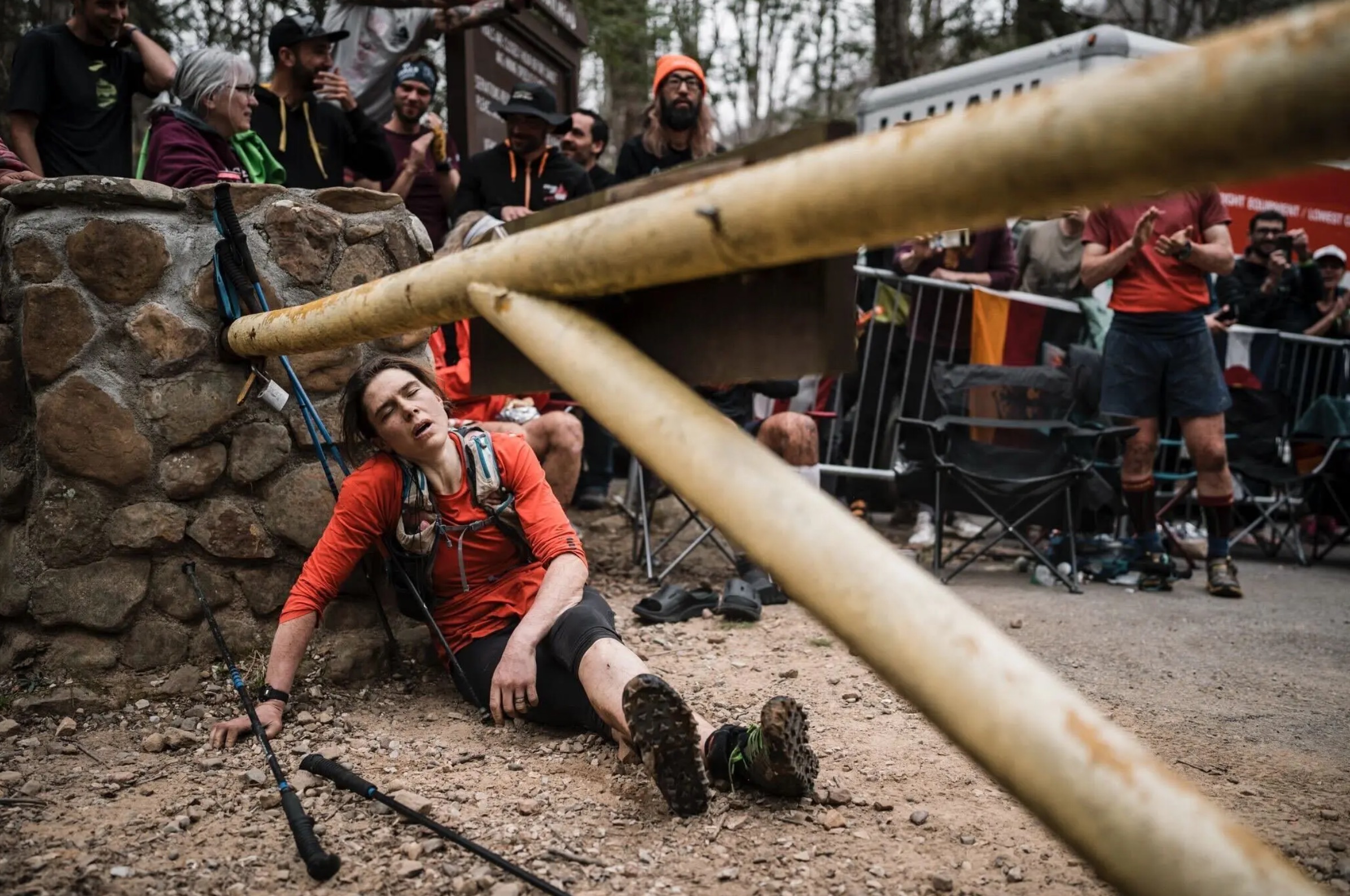Last week after 59 hours, 58 minutes, and twenty-one seconds (just under the 60 hour cutoff), British runner Jasmin Paris collapsed on the yellow gate at Frozen Head State Park that marks the start and finish line of the Barkley Marathons. Paris was the first woman in history to finish the race, and the 20th person ever. She joined 4 other finishers this year, a monumental achievement for all participants.
First held in 1986, the Barkley Marathons were created by Gary “Lazarus Lake” Cantrell and Karl Henn. While the early races were between 50–55 miles, with about 25,000–27,000 feet of climbing, the modern incarnation of the race is even harder. The course “consists of an approximate 20-mile (32 km) unmarked loop with no aid stations except water at two points along the route…Runners of the 100-mile version run this loop five times, taking a counterclockwise direction for loops two and four, followed by each runner alternating direction on loop five, after the first-placed runner’s choice.” It’s one part ultra, one part navigation challenge, and many parts weird challenges thought up by Gary. The course is different every year, and the fact that five runners completed the race this year likely means that 2025 is in for a diabolically difficult and soul crushing course. You just can’t have that many people finishing in a single year.
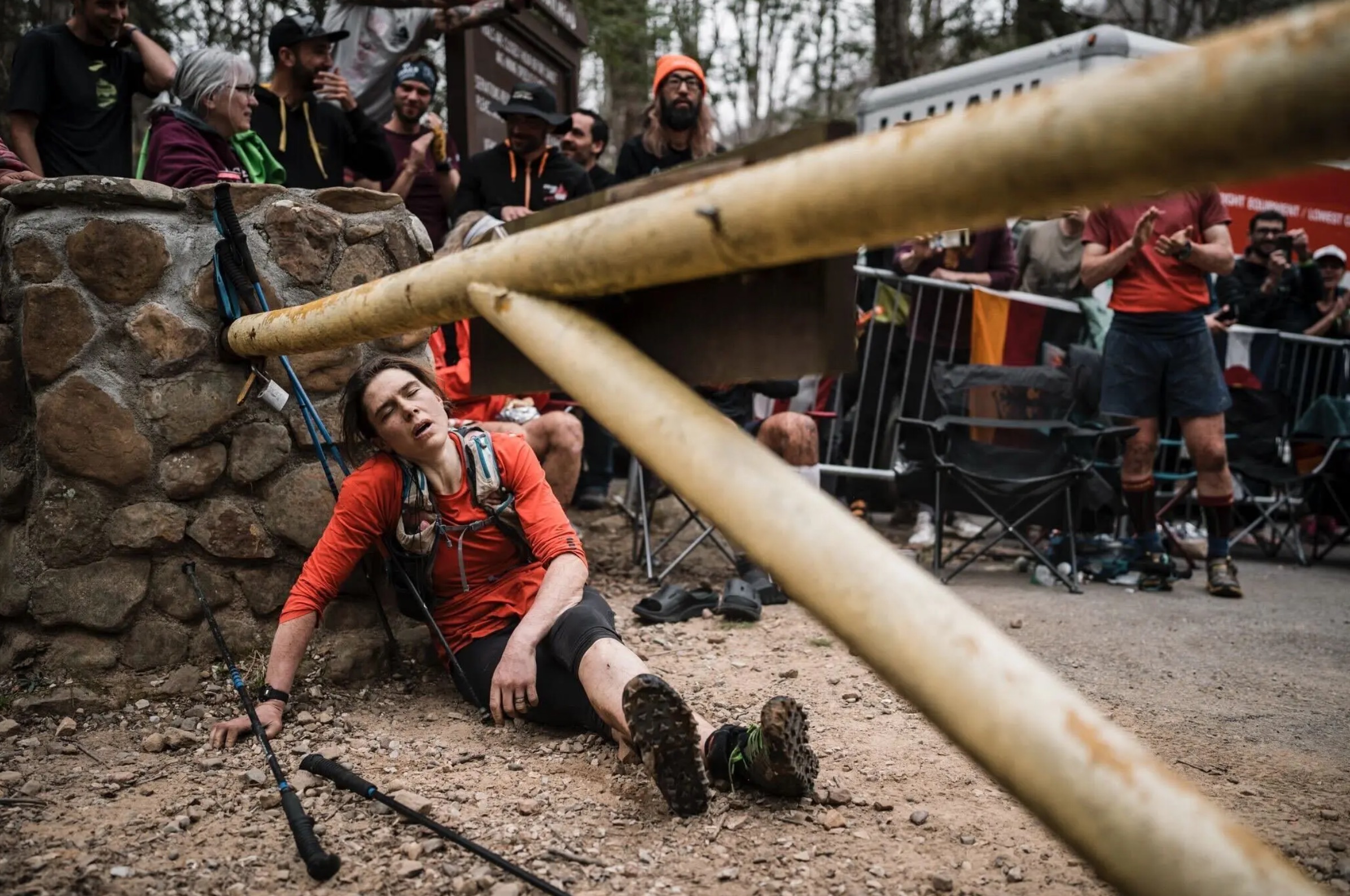
*Credit: *Jacob Zocherman
Barkley is considered to be one of the most difficult endurance races on the planet (although I’m sure some orienteering and expedition racers might disagree). An award winning documentary brought additional exposure and popularity to the cult race in 2015 and it’s a stalwart member of ultra-running’s pantheon of legendary races.
A few Barkley fun facts:
- Potential applicants have to write an essay on ‘Why I should be allowed in the Barkley’ and pay a $1.60 entry fee.
- Race bib number 1 is given to the ‘human sacrifice’, a person that Lazarus feels is the least likely to complete the first loop
- First time entrants (virgins), are required to bring a license plate from their state as part of their entrance fee.
Not just Barkley
The Barkley Marathons are just one example of an increasing number of increasingly unique endurance events. As ultra-endurance events become more mainstream, athletes are becoming more enamored with events that feel new, different, and have that certain je ne sais quoi that sets them apart.
Lululemon FURTHER
The Lululemon FURTHER event featured 10 women out to break a series of extremely long distance records on a 2.55 mile loop in La Quinta, California. Camille Herron set a new womens 6-day record by running 560.330 miles. And more than just a showcase ultra “race”, it was a huge brand opportunity for Lululemon, who continues to try and make strides in the run and ultra market. The event was a unique blend of athletes, influencers, competition, and brand storytelling. Dylan Bowman articulated the importance in a recent Freetrail newsletter, saying “It was the ultramarathon version of Breaking 2 but with more depth to the story. Camille was like Kipchoge - the focal point of a massive brand campaign about performance and innovation.”
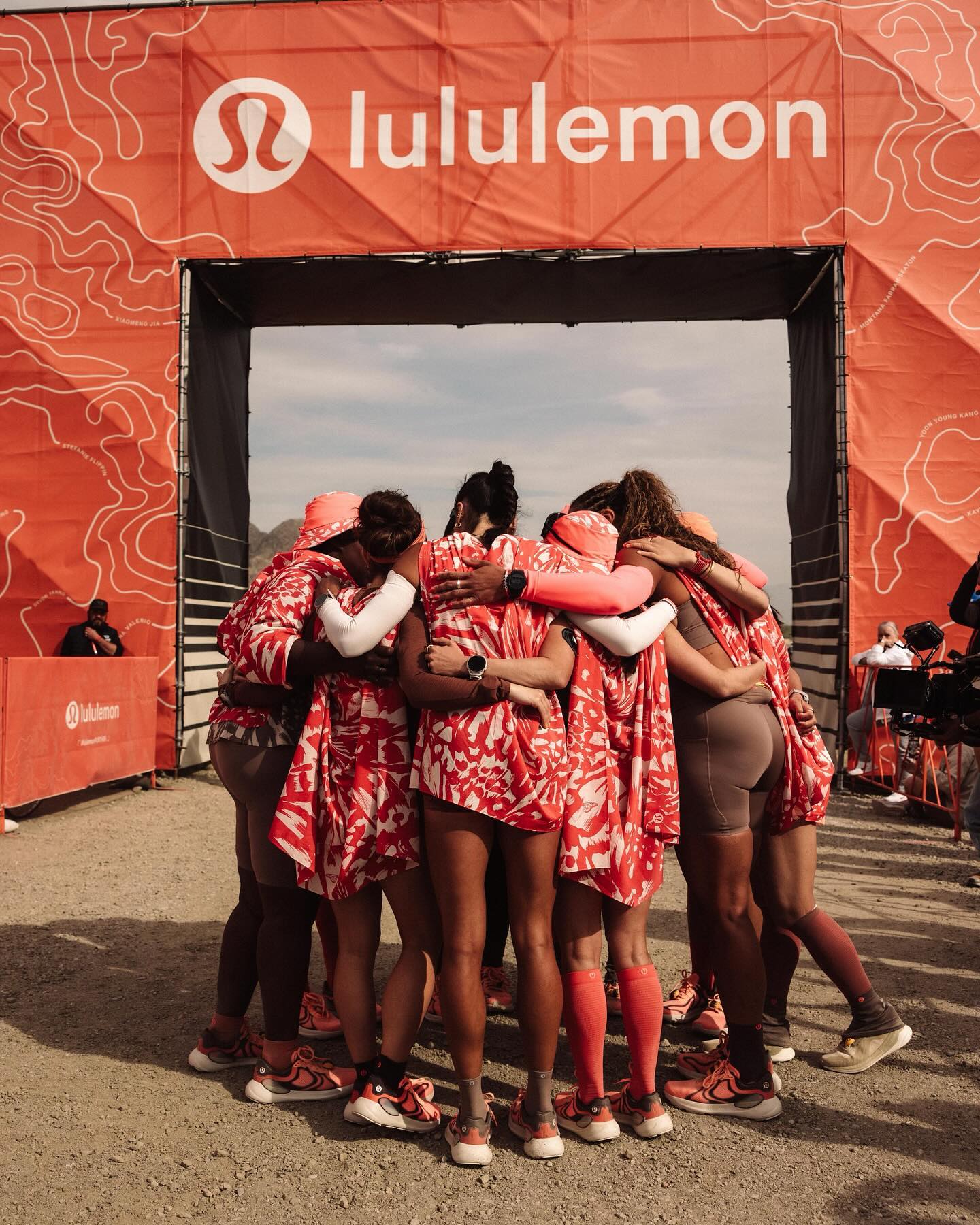
*Credit: *Lululemon
Speed Project
An “underground” race from the Santa Monica pier to the Las Vegas sign, the Speed Project has garnered a cult following. With a more urban/marathoner vibe vs other trail ultras, the 340ish mile relay race draws 2 and 6 person teams from brands like Bandit, On Running, Nike, Tracksmith and more.
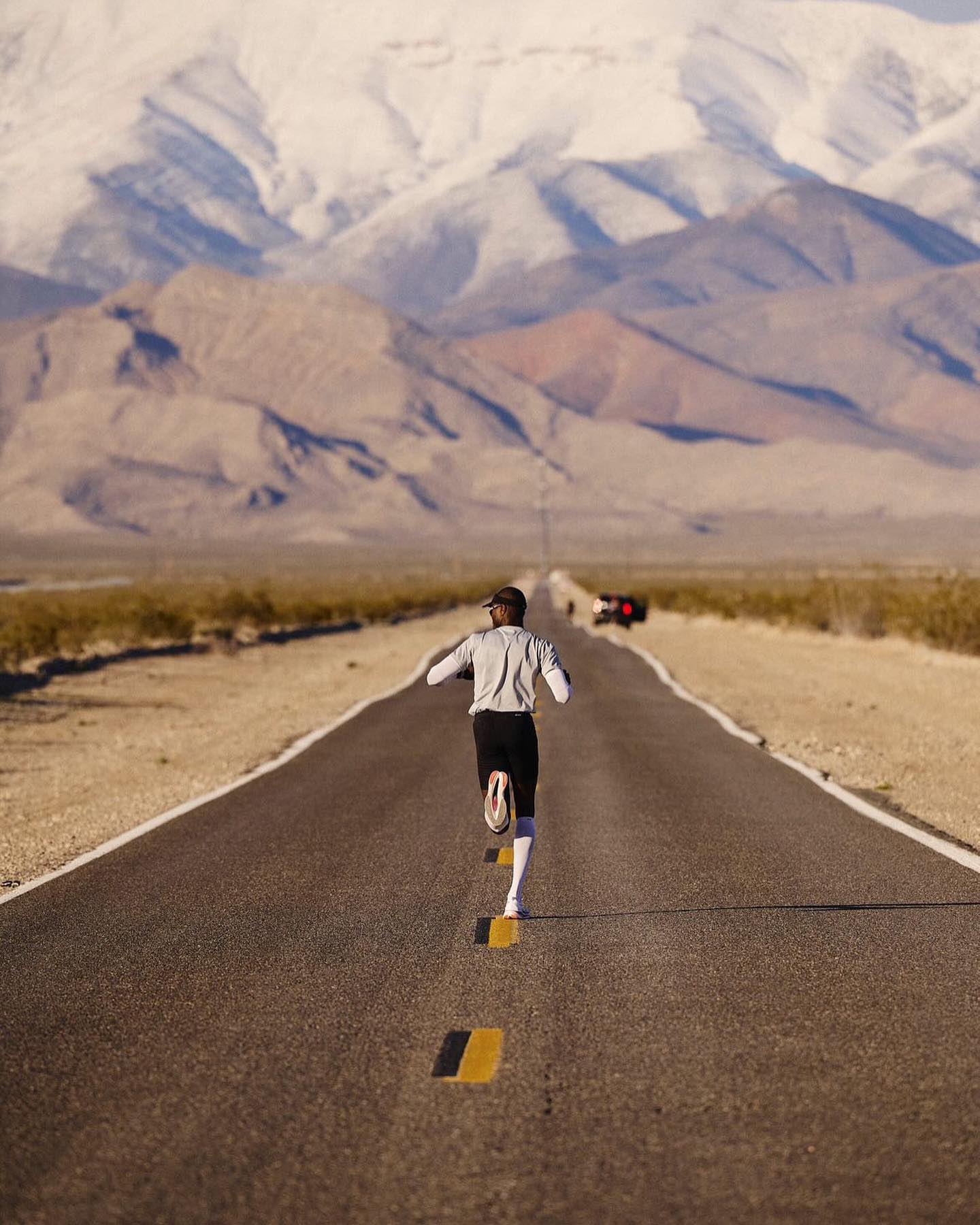
*Credit: *Patrick Pilz
Backyard Ultra
Also created by Gary Cantrell, the founder of the Barkley Marathons, a Backyard Ultra consists of a 4.1 mile loop that must be completed once every hour. Contestants start every loop at the top of the hour and must complete it before the next loop starts. The race only ends when there is one competitor still running. The 2023 world champion Harvey Lewis did 108 laps (Four and a half days), covering 450 miles. Once a novelty, there are now dozens of Backyard Ultras held across the globe every year.
Last skier standing
Last Skier Standing is an event put on by White Mountain Ski Company and hosted by Black Mountain Maine. The event is incredibly simple, much like a Backyard Ultra you have to skin one lap every hour on the hour. The lap is around 1.5 miles up and 1,150ft of vertical gain. Justin Lagassey, this year’s winner competed for 76 straight hours. That’s 76 laps, totalling over 85,000 ft of elevation climbed and skied.
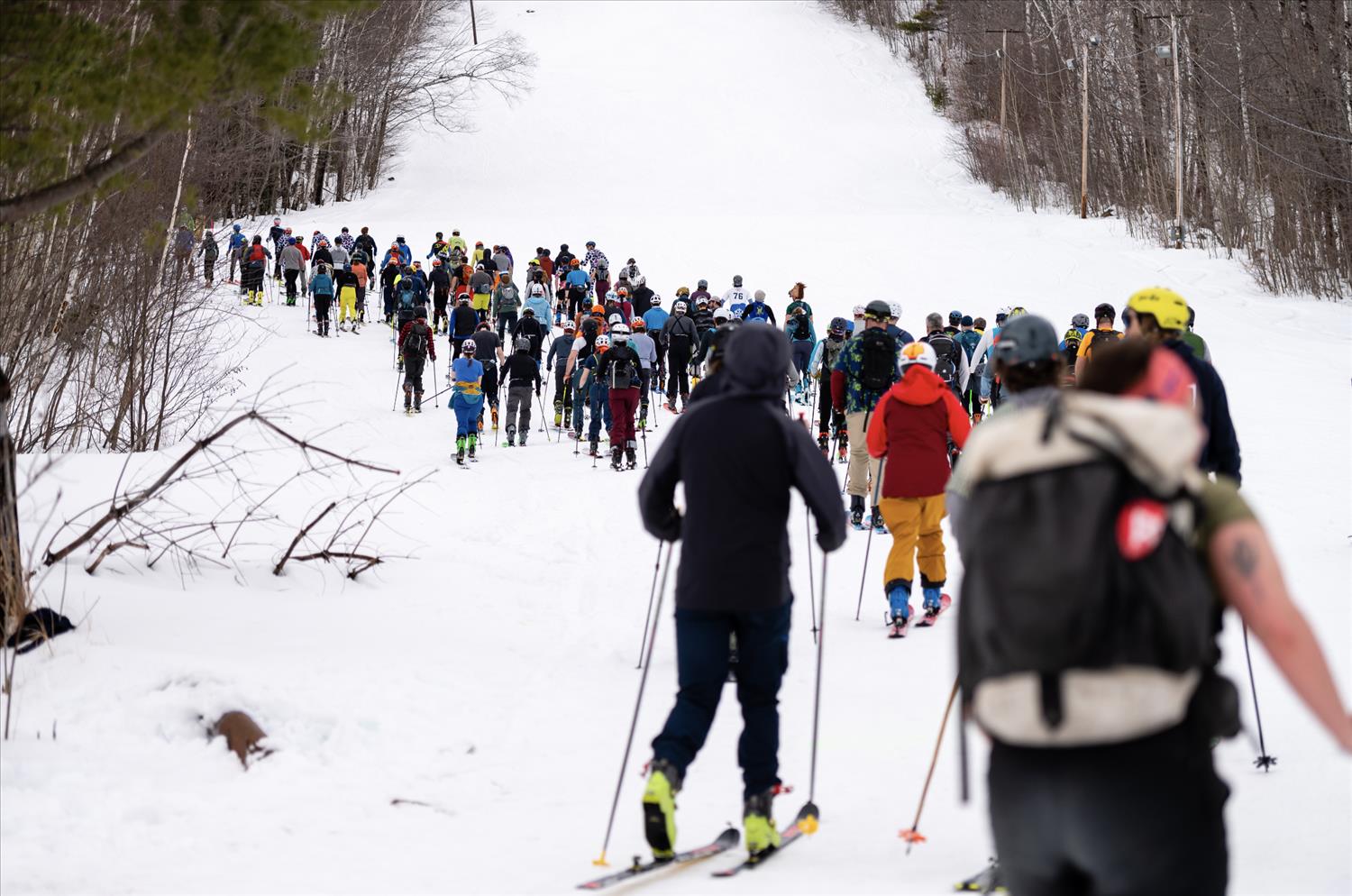
*Credit: *whitemountainski.co
Everesting
For those who appreciate the endless repetition of a Backyard Ultra or Last Skier Standing but don’t like to ski and would rather have a “reasonable” amount of mileage and elevation, there’s Everesting. Just “: Pick any hill, anywhere in the world and complete repeats of it in a single activity until you climb 8,848m – the equivalent height of Mt Everest.”
For those that want to do an “Everest” and also spend a ton of money to be part of the cool kids club, there’s 29029. The brand organizes summer Everesting events around North America ski resorts, and for a cool $5-$6k you can hike a ski run and take the gondola down. It’s paired with high-end lodging and coaching throughout the year.
The Whaleathon
Possibly one of the weirdest ones out there is the Whaleathon. It’s a marathon ran entire around the “Out of the Blue” traffic roundabout in Salt Lake City, Utah. The “loop” is .04 miles, meaning it takes 630 laps to reach a full marathon. All hail the whale.

*Credit: *Whaleathon.com
What’s next?
As the world gets progressively smaller, the “cool” competitions get harder and projects get bigger. Endurance athletes, particularly those at a high level, already have the type of personality to continue to push the limits. As endurance sports have progressed, feats of athleticism previously thought nigh impossible have become passe. UTMB, Hardrock, etc aren’t quite as impressive as they used to be (they are still insanely impressive accomplishments). The distances get longer and race “styles” get funkier. And honestly, it’s just fun to follow along.
What about you? Any crazy, weird, difficult races or endurance challenges on your to-do list? Or are you still happy with a “basic” marathon or ultra?
